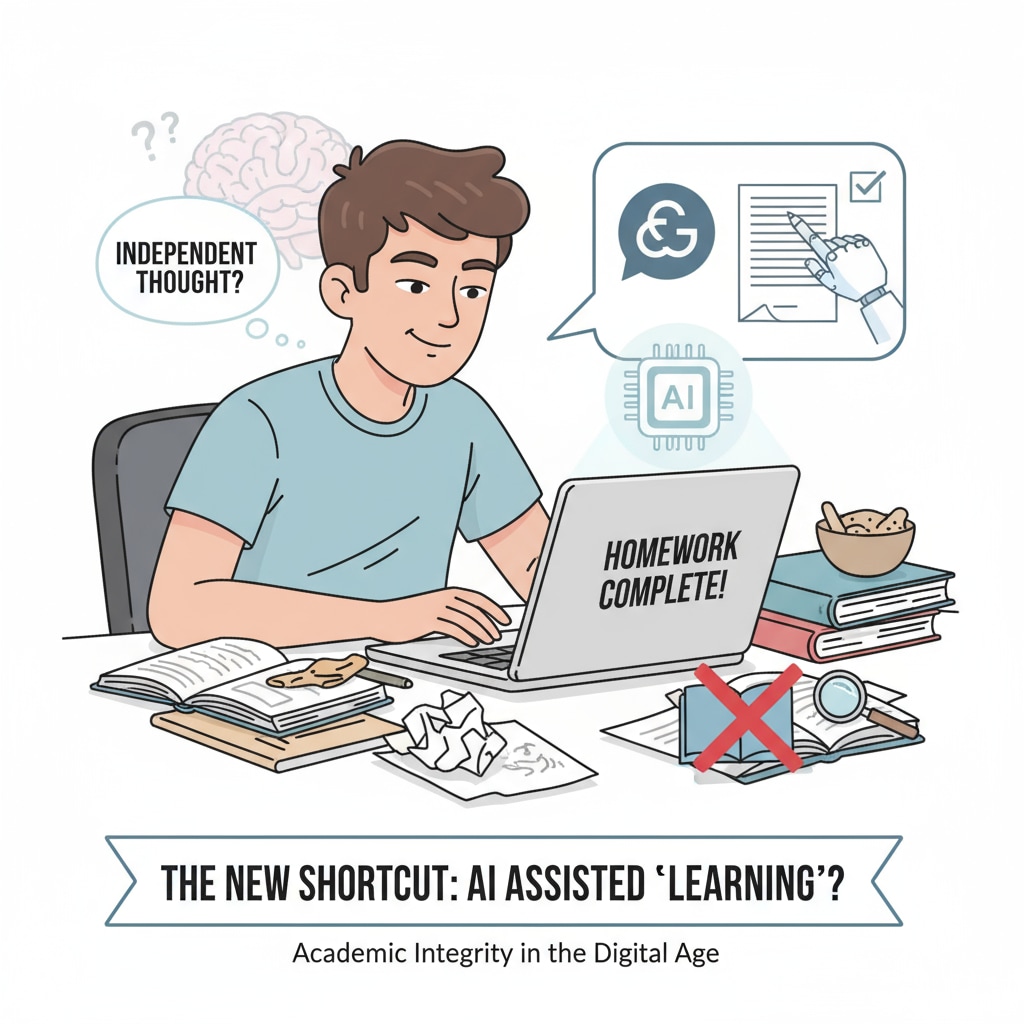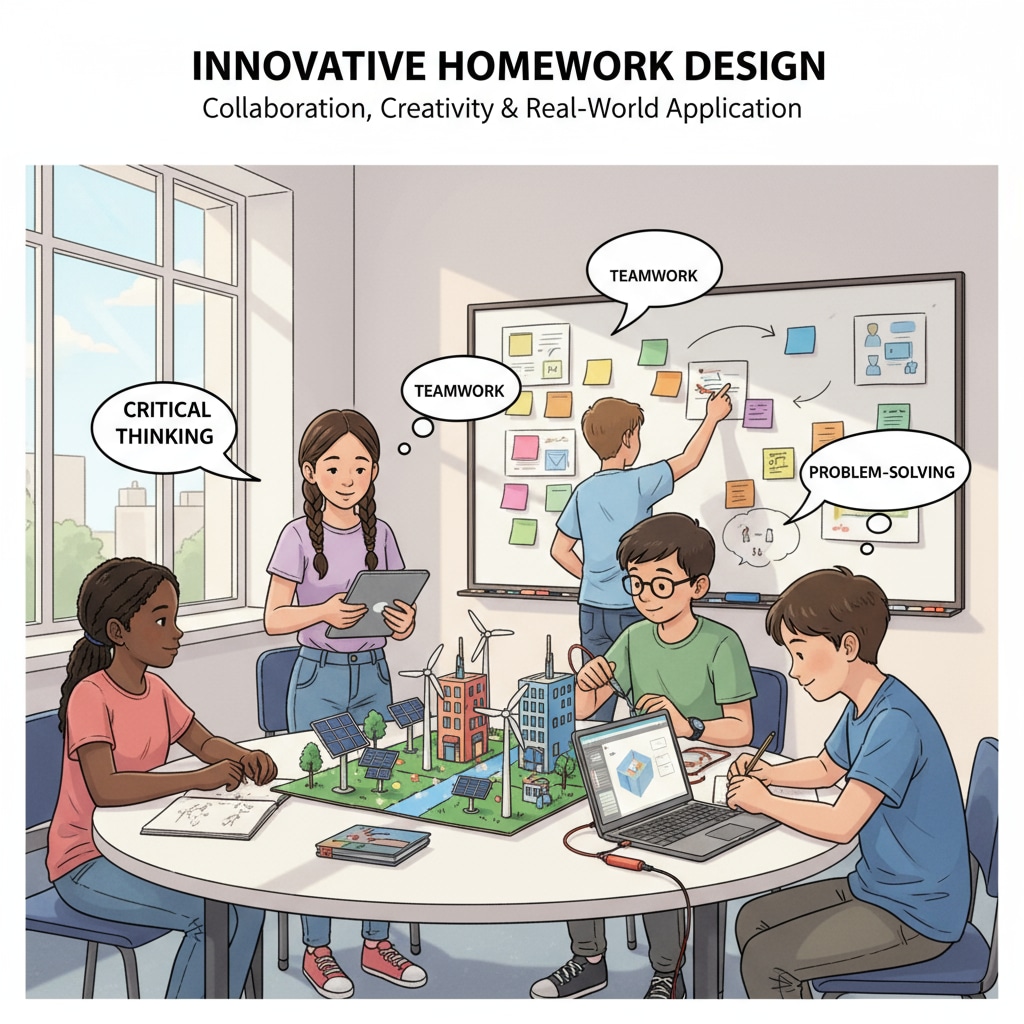The emergence of AI tools such as ChatGPT has brought about a revolutionary change in the way students cheat, posing an unprecedented challenge to traditional homework. This new phenomenon forces us to delve into strategies for preventing AI – enabled cheating and, more importantly, to reflect on the very existence value of homework.

The New Face of Student Cheating
ChatGPT and similar AI platforms have become a double – edged sword in education. On one hand, they offer valuable learning resources; on the other hand, they have opened the door to a new era of cheating. Students can now simply input a homework question into these tools and receive well – crafted answers within seconds. For example, a student struggling with a complex literature analysis can get a ready – made essay from ChatGPT, bypassing the learning process. According to Educause, the use of AI for cheating has been on the rise in recent months, with many educators reporting suspiciously perfect assignments.
The Value of Homework Revisited
Homework has long been an integral part of the educational system. Its original intention was to reinforce classroom learning, develop students’ self – discipline and independent learning skills. However, in the face of AI – driven cheating, we need to re – evaluate its worth. Is homework still achieving its intended goals? Or has it become a mere formality? Some educators believe that homework should be redesigned to focus more on process – oriented tasks rather than just the end result. As stated on the National Education Association website, we should shift our focus from rote memorization – based homework to projects that encourage critical thinking and creativity.

To prevent AI – assisted cheating, educators can adopt several strategies. Firstly, they can design open – ended, project – based homework that requires students to demonstrate their unique thinking and creativity. Secondly, educators can use plagiarism detection tools that are updated to recognize AI – generated content. In addition, fostering an ethical learning environment where students understand the importance of honesty is crucial.
Readability guidance: By using short paragraphs and lists, we can better summarize key points. For example, under each H2 heading, we can provide a list of relevant ideas. We should also control the proportion of passive voice and long sentences, and evenly distribute transition words like “however”, “therefore”, “in addition”, “for example”, and “as a result” throughout the text.


